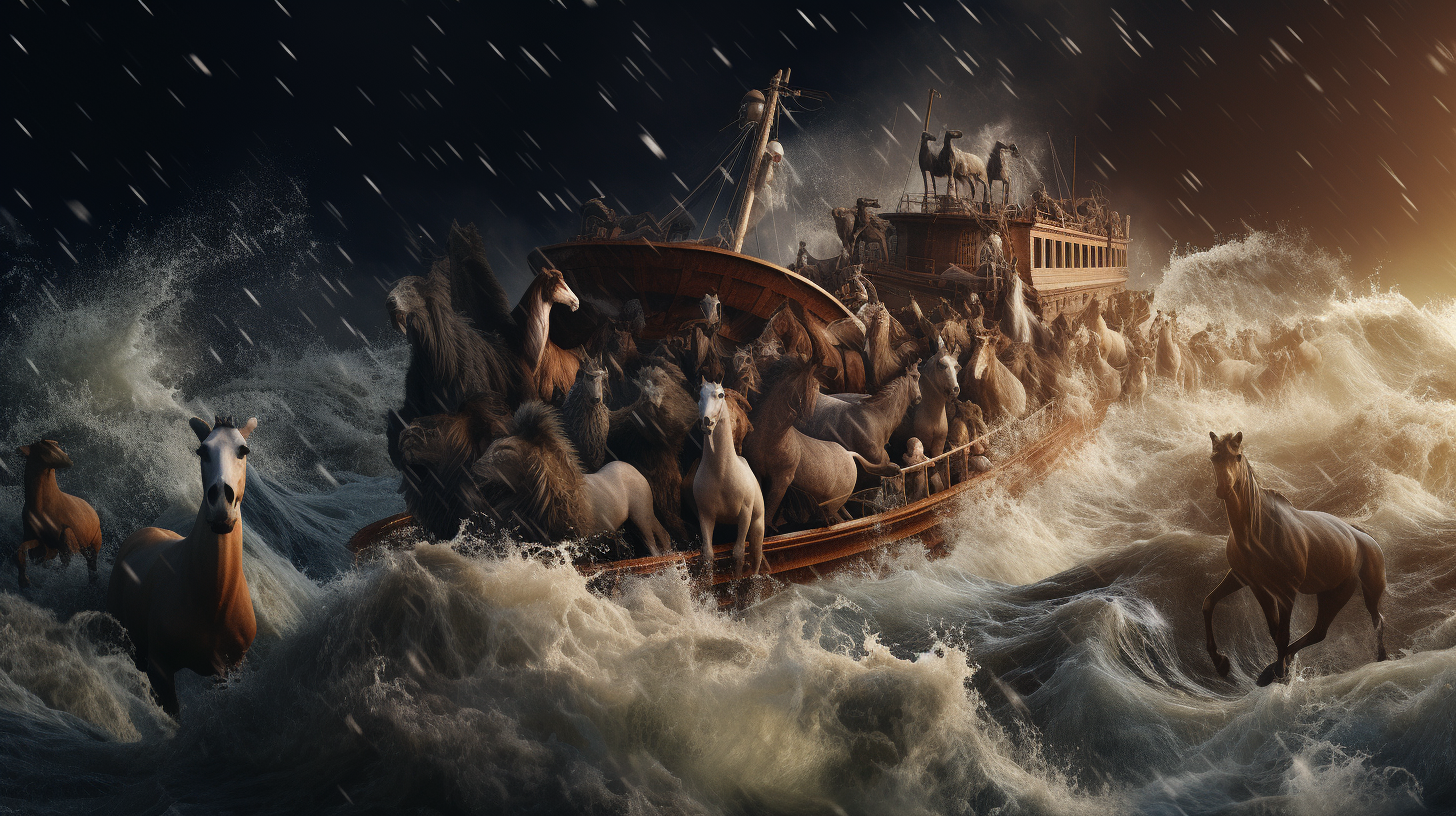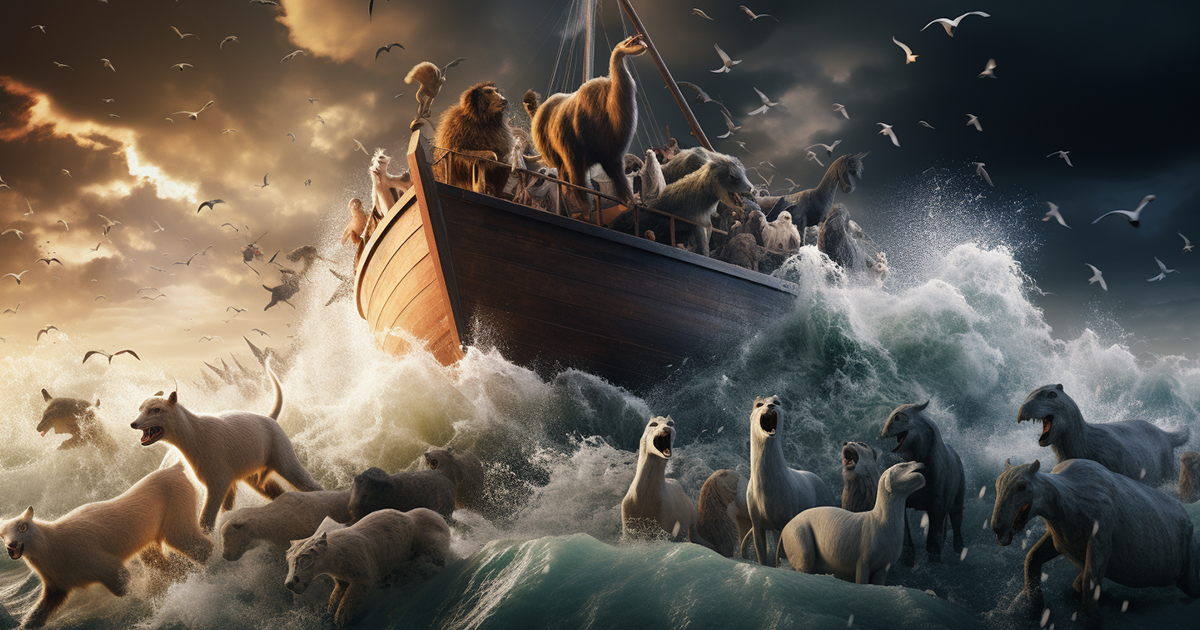Embarking on a routine aerial mission in the remote Turkish Highlands in 1959, Captain Ilhan Durupanar stumbled upon an extraordinary discovery while capturing images of earthquake-affected terrains. These images would go on to fuel one of history’s enduring legends.
Questions arose when the developed film revealed remnants of a colossal ship perched at 6,500 feet above sea level in a location far from any water source. This enigma, persisting for ages, revolves around the legendary tale of Noah’s Ark.
Described in the Book of Genesis, the story of Noah’s Ark serves as a foundational pillar in biblical history, starting from the creation of the universe and the emergence of humanity from Adam and Eve.
As human wickedness reaches its peak, God decides to cleanse the Earth, sparing only Noah and his kin under the condition that they construct an ark to house pairs of every animal species on the planet.
The narrative of the ark’s construction with detailed instructions, its massive dimensions (515 feet long, 86 feet wide, 51 feet tall), and the epic 40-day flood make for a riveting story. After the waters recede, the ark finds rest on the Mountains of Ararat, present-day Turkey.
Throughout the centuries, scholars and historians have interpreted this tale as a metaphor, a warning about divine consequences for sins committed.

However, Captain Durupanar’s discovery and other intriguing findings sparked enthusiasm among explorers and researchers. Could these discoveries provide tangible evidence of Noah’s Ark, validating its biblical depiction?
Two paths of exploration emerged: the search for the ark itself and the pursuit of evidence supporting a colossal ancient flood. Major natural disasters often leave lasting imprints that can endure for millennia.
Surprisingly, research suggests a massive flood did occur near Durupanar’s discovery.
In 1997, a team led by Americans William Ryan and Walter Pittman, comprising geologists, geophysicists, and oceanographers, unearthed evidence of the Black Sea Deluge.
This geological event, dating back around 8,000 years, resulted from a glacier’s sudden collapse, causing a Mediterranean Sea surge. This event reshaped the area, eventually forming the Black Sea.
The flood’s immense scale could have displaced thousands and etched a profound mark on survivors’ collective memory. Could this event form the basis of flood stories passed down through generations?
In 1985, a new development surfaced in the Noah’s Ark quest. A 4,000-year-old clay tablet unearthed in a British Air Force veteran’s attic held the promise of shedding light on the flood’s location and the ark’s landing spot. Though translating the tablet took years, it offered fresh insights into the flood narrative.
The tablet recounted a catastrophic flood story remarkably similar to the biblical version, introducing new perspectives on the flood tale and its origins.
As it turns out, the Epic of Gilgamesh, a narrative preceding the biblical account by over a millennium, shares striking resemblances with Noah’s Ark, blurring the boundaries between myth and reality.
The prevalence of flood myths across diverse cultures highlights a common theme: humanity’s ability to endure and adapt amid catastrophic events. Whether Noah’s flood, the Black Sea Deluge, or the Epic of Gilgamesh, these stories underscore our resilience as a species.
Video:
In conclusion, Noah’s Ark’s enduring legend continues to fascinate, reminding us that beyond the layers of myth and history lies a testament to human innovation and resolve in the face of nature’s most formidable trials.
